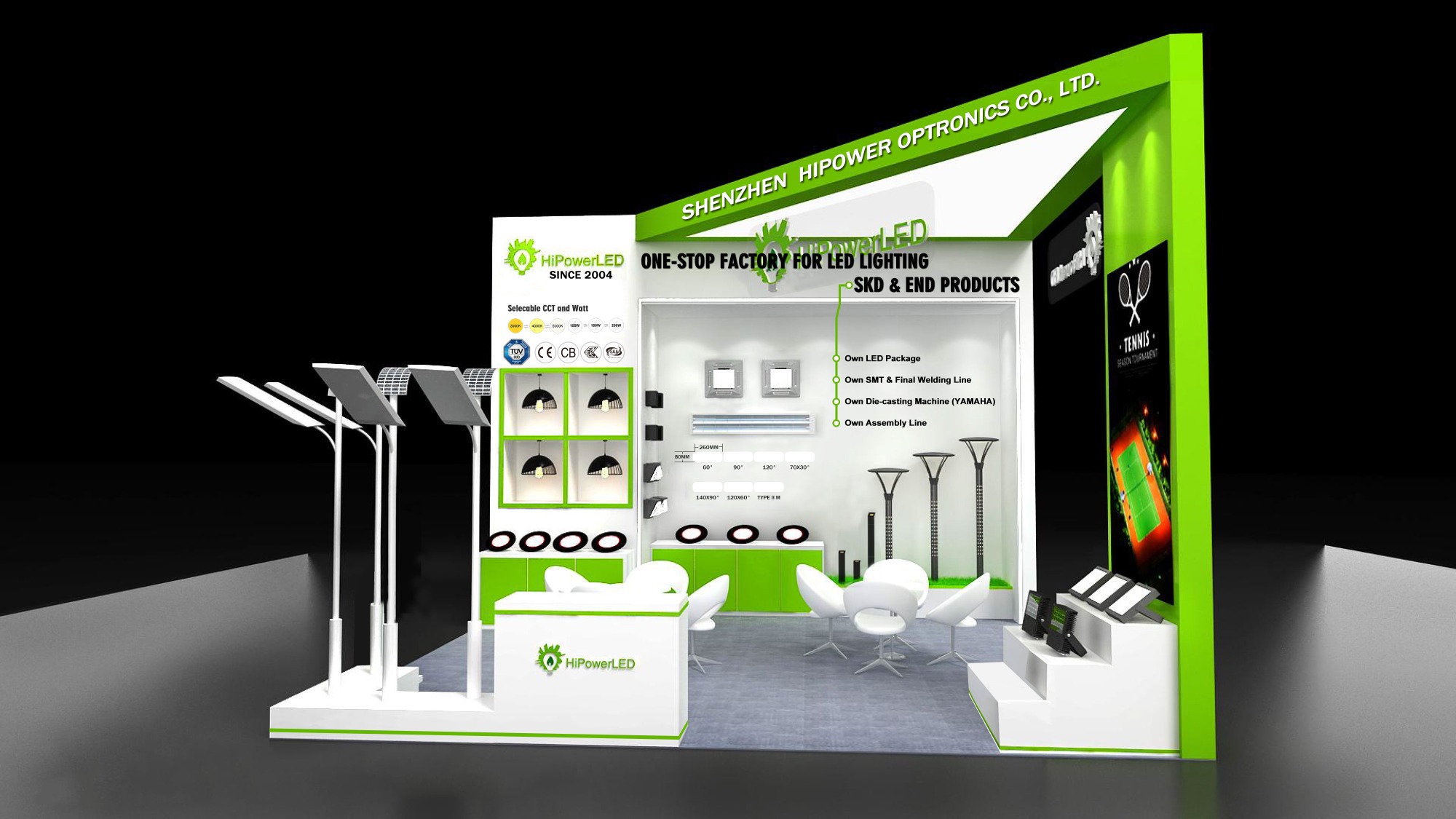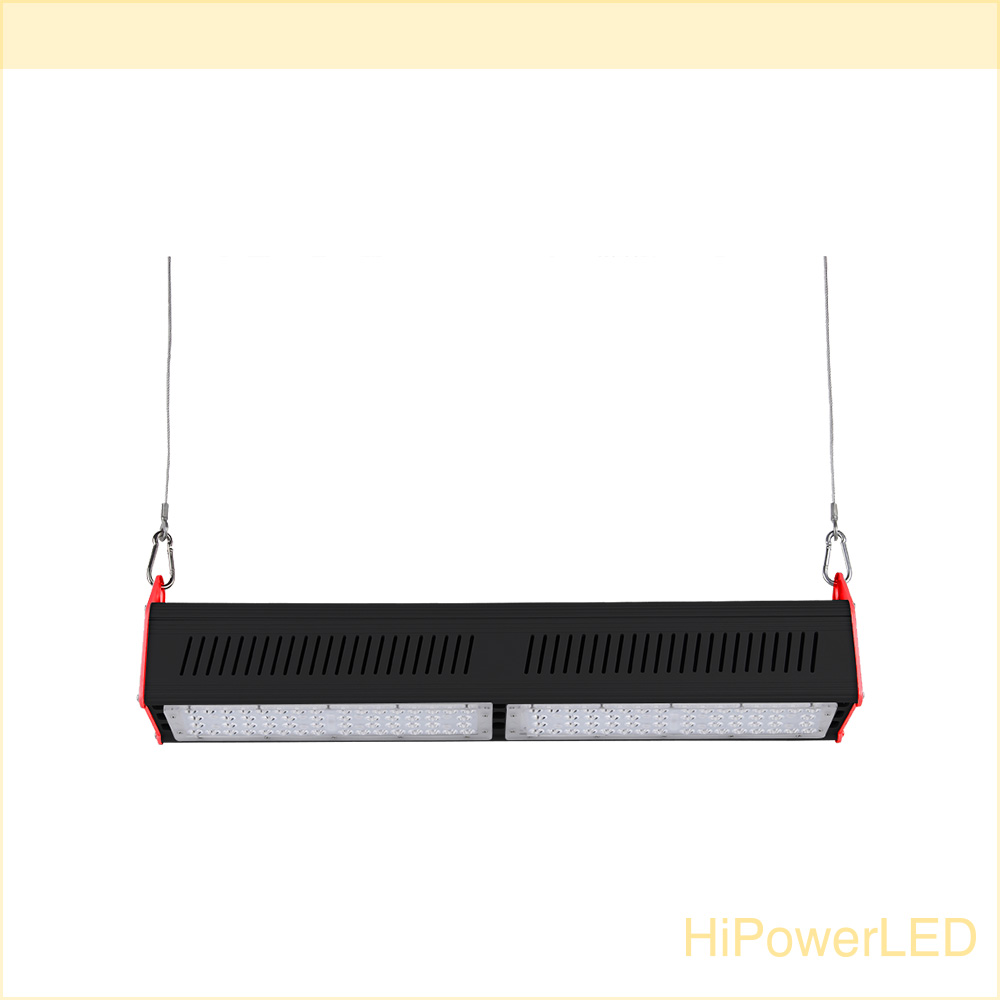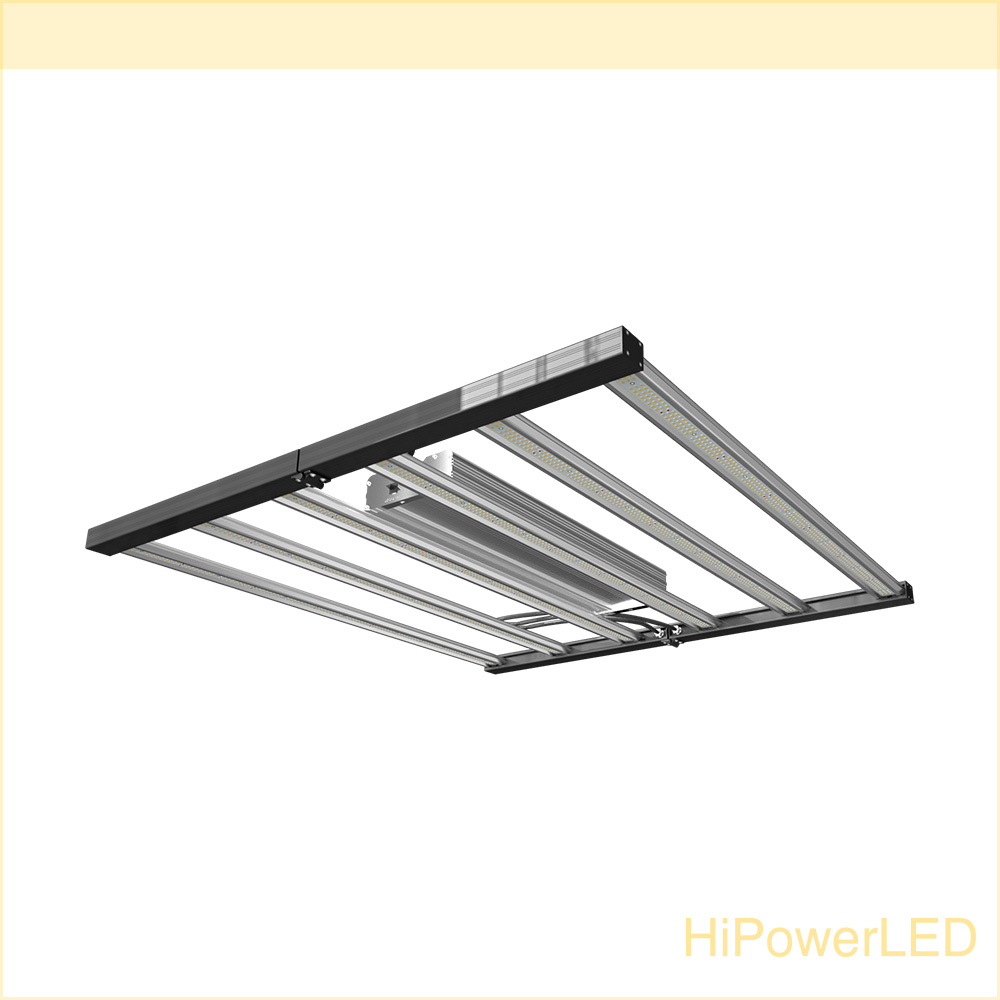What Are Stadium Lights
Every athletic event needs stadium lighting to ensure that spectators can see the action well and that players can see one another. Stadium lights have been in use for many years and have made important recent advancements.
Large, bright LED or halogen lamps that are positioned on towers or poles throughout the stadium are the norm for modern stadium lighting. The players are able to play at night or in low light thanks to these lights' bright and even lighting. The stadium's electrical system often provides electricity to the lights, which are also computer controlled. This enables the lights to be adjusted to the appropriate brightness.
Floodlights and spotlights are the two types of lights commonly utilised in stadiums. The most prevalent kind of illumination in a stadium are floodlights, which cast an even, broad glow across a huge area. Spotlights are used to draw attention to particular details, like a player's name or the insignia of their team.
Stadium lights, frequently in the form of coloured lights, is also employed to accentuate a certain ambiance in the stadium. These lights could be turned on to uplift the atmosphere or to support the home team. As an example, when the lights are darkened at a dramatic point in the game, they can also be employed to produce a dramatic impact.
Stadium lighting aids in fostering a secure playing environment in addition to providing visibility for players and spectators. Bright lighting make it easier for players to see one another and for any risks on the pitch to be easily seen. This ensures that the game may be played securely and lowers the chance of injury.
Overall, stadium lights is an important component of every athletic event since it gives players and spectators vision and contributes to a comfortable and joyful ambiance. Stadium lighting has advanced significantly throughout time, and it will continue to do so as technology develops.
The Design Process Of Stadium Lighting
To ensure that the lighting system is functional, economical, and secure, a number of procedures must be taken during the design phase of stadium lighting. It includes creating the control systems that will enable the lights to be turned on and off as well as their brightness to be changed as necessary. It also includes designing and installing the lighting fixtures.
Choosing the right sort of stadium lights is the first step in the design process. This will depend on the kind of stadium, its dimensions, the kind of event that will be held there, and other factors. Different types of illumination, such as spotlights for a concert or floodlights for a football game, may be needed for various events. The kind of lighting required will also depend on how much light is required for the specific event.
The next stage is choosing the location of the lighting fixtures. This should specify the quantity of fixtures needed, their distance from one another, and their height. It's crucial to check that the lighting is dispersed uniformly throughout the stadium and that the fixtures are positioned to reduce shadows.
The following step is to choose the right fittings when thestadium lights fixture layout has been decided. The type of event that will be held at the stadium should be taken into account when doing this because different events may call for different types of lighting equipment. The type of lights that will be utilised should also be taken into account when choosing the fixtures because they may have varied output levels.
The lighting fixtures must then be installed. A licenced electrician with knowledge of the applicable local electrical norms and rules should complete this. The wiring must be done in compliance with local electrical laws and regulations, and the fixtures must be safely placed and linked to the power supply.
The creation of the control systems that will be used to operate the stadium lights is the next step. Both the manual and automatic controls are included in this. Switches, dimmers, and timers are examples of manual controls, while sensors that detect the presence of people or objects in the stadium can automatically turn on or off the lights. The control systems should be constructed so that the lights can be safely and effectively turned on and off as well as have their brightness changed as needed.
The system needs to be tested when the stadium lights fixtures are set up and the control systems are created. To make sure that the lights and control systems are operating properly, this should be done in a controlled environment. The lights should be watched carefully throughout the testing to make sure they are producing the right amount of light and no dangerous shadows.
The lighting system must be put into commission after testing is finished. This entails turning on the lights and making sure they function as intended. An inspection of the lights' safety and the effectiveness of their control systems should be done as part of the commissioning procedure.
In conclusion, there are a number of measures that must be taken during the stadium lights design process to guarantee that the lighting system is functional, economical, and secure. The steps in this process include figuring out what kind of lighting is required, choosing the right lighting fixtures, installing them, creating the control systems, testing them, and commissioning the lighting systems. These actions will assist in ensuring that the lighting system is capable.
 Join HipowerLED at the Hong Kong International Optical Fair(Exhibition) in October 2023!
Join HipowerLED at the Hong Kong International Optical Fair(Exhibition) in October 2023!
 Misconceptions about Choosing LED Linear High Bay Lights
Misconceptions about Choosing LED Linear High Bay Lights
 Tips on How to Choose Best LED Grow Lights
Tips on How to Choose Best LED Grow Lights